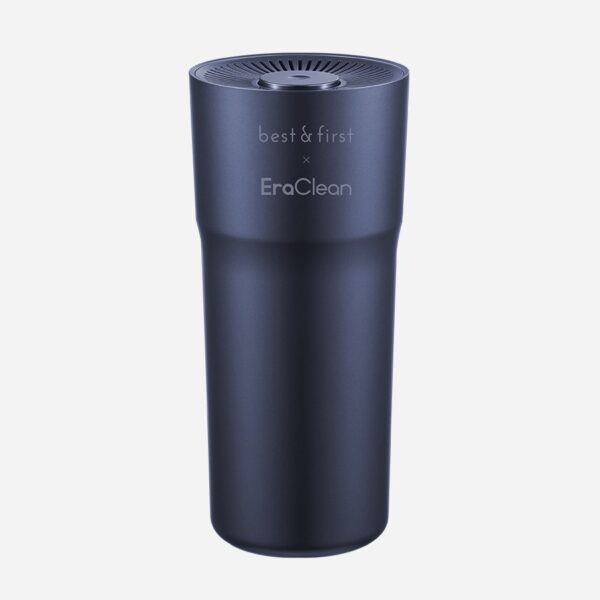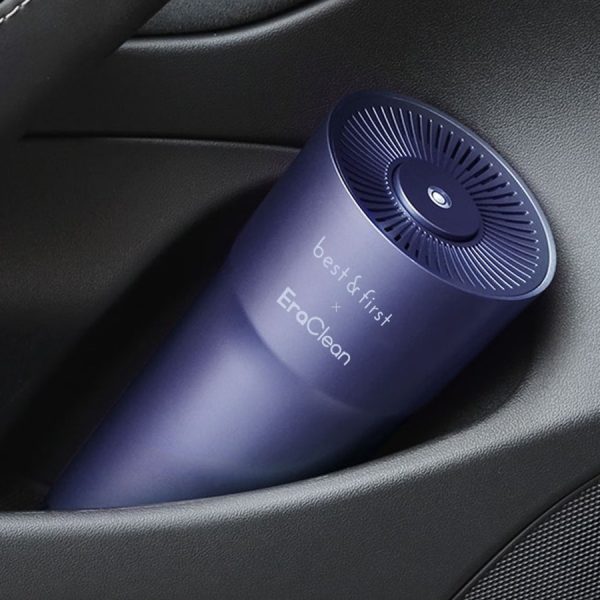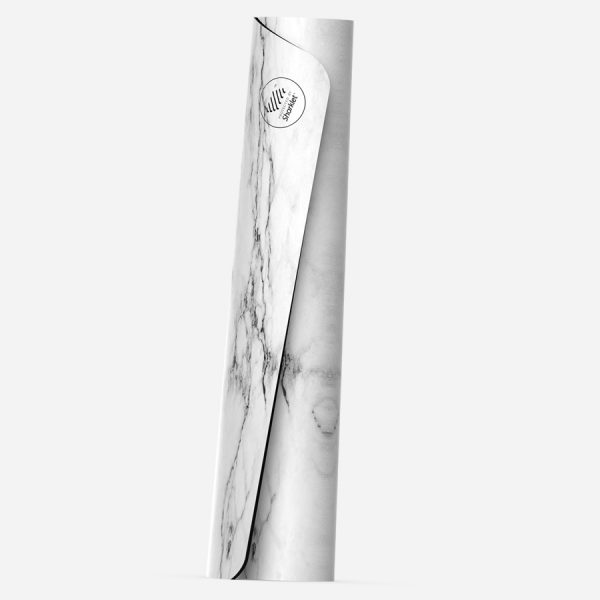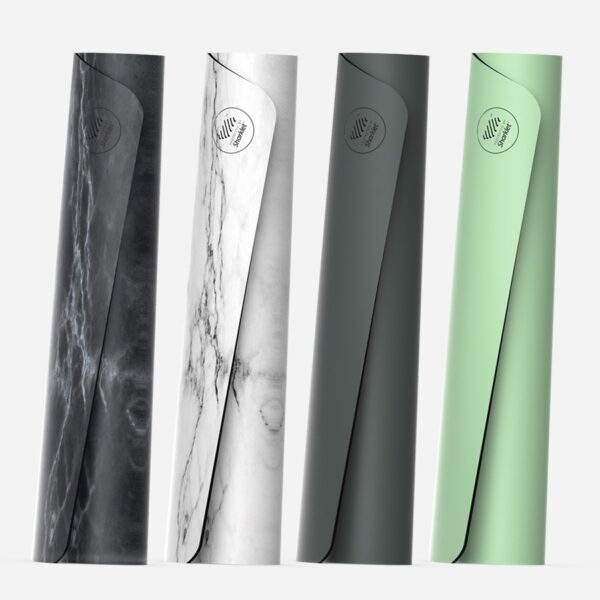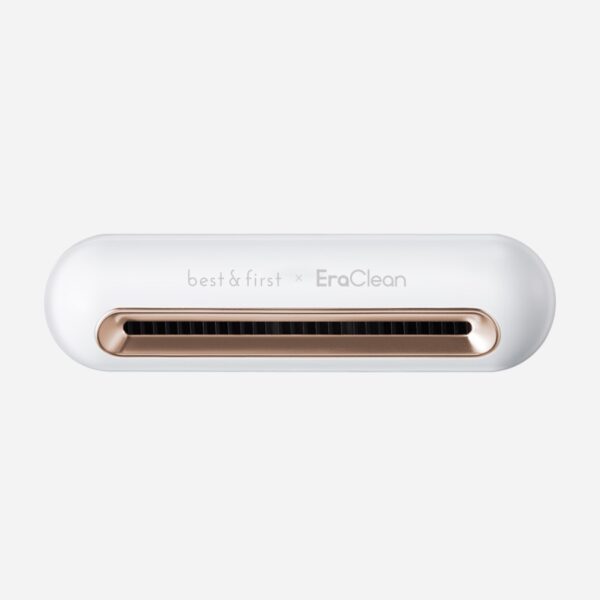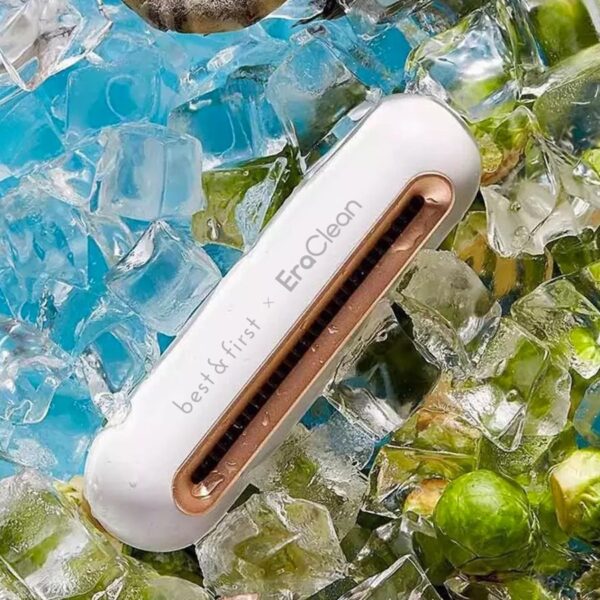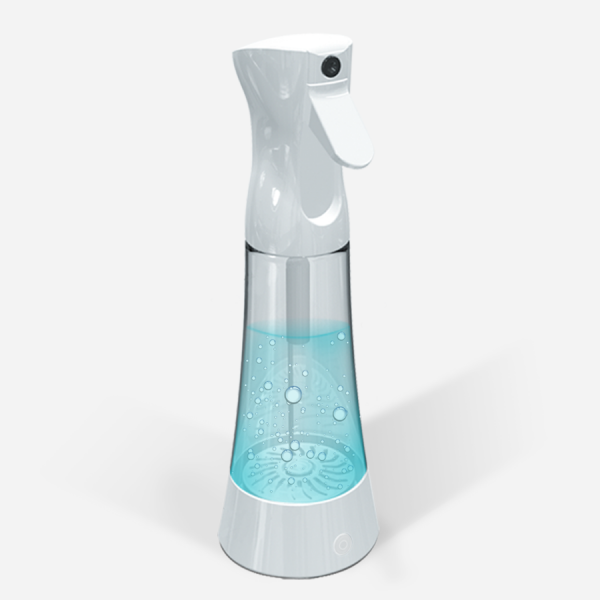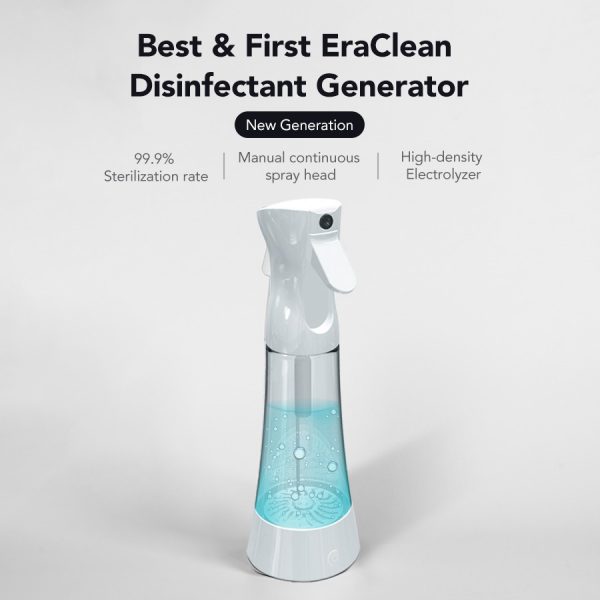Antibacterial
When Louis Pasteur demonstrated that bacteria are the agents that lead to many infections, people were better able to know how diseases begin and spread. Ironically, however, even if Pasteur’s findings demystified infectious disease, they also cause fear of “germ” contamination.
In order to prevent bacteria from eaten by ourselves, we are used to be told “Wash your hands” after entering into home by our moms. Even the advertisement describes a scene in which a boy uses soap and water to clean his hands deftly.
We’re exposed to millions of germs and bacteria the whole day. Many of us use antibacterial products to reduce risk of getting sick or delivering germs and bacteria to others.
So, let’s talk about what is bacteria firt.
Bacteria are microorganisms that have circular double-stranded DNA and (except for mycoplasmas) cell walls. Most bacteria live extracellularly. Some bacteria (eg, Salmonella typhi; Neisseria gonorrhoeae; Legionella, Mycobacteria, Rickettsia, Chlamydia, and Chlamydophila species) preferentially reside and replicate intracellularly. A few bacteria such as chlamydiae, Chlamydophila species, and rickettsiae are obligate intracellular pathogens (ie, can easy to grow, reproduce, and cause disease only within the cells of the host). Others (eg, Salmonella typhi, Brucella species, Francisella tularensis, N. gonorrhoeae, Neisseria meningitidis, Legionella and Listeria species, Mycobacterium tuberculosis) are facultative intracellular pathogens.
Many bacteria are parasite on humans as normal flora, often in huge numbers and in many areas (eg, in the gastrointestinal tract). Only a few bacterial species are human pathogens.
Aerobic bacteria (obligate aerobes) require oxygen to produce energy and to grow in culture. They produce energy using aerobic cellular respiration.
Anaerobic bacteria (obligate anaerobes) do not require oxygen and do not grow in culture if air is present. They produce energy using fermentation or anaerobic respiration. Anaerobic bacteria are common in the gastrointestinal tract, vagina, dental crevices, and chronic wounds when blood supply is damaged.
Facultative bacteria can live with or without oxygen. They generate energy by fermentation or anaerobic respiration when oxygen is unpresent and by aerobic cellular respiration when oxygen is exist. Microaerophilic bacteria prefer a reduced oxygen tension (eg, 2 to 10%).
Chlamydiae are forced intracellular parasites that acquire energy from the host cell and do not produce it themselves.
Who Needs Most Protection?
Whether you get a mild illness or become seriously sick can depend on your personal situation. Some people are more liable to get food poisoning than others. And some people are more likely to have a severe illness than others if they do. Older adults (over age 65) have immune systems that don’t recognize infectious disease as well as they used to, and should take special precautions to prevent hospitalization. On the other hand, kids under 5 are still developing their immune systems, and have a risk of hospitalization from Salmonella infection that’s three times higher than average. Pregnant women are at greater risk of bacterial infection. And so are people whose immune systems are weaker from causes such as alcoholism, kidney or liver disease, poorly controlled HIV/AIDS, or chemotherapy.
What about antibacterial?
Anything that destroys bacteria or suppresses their growth or their ability to reproduce. Heat, chemicals such as chlorine, and antibiotic drugs all have antibacterial properties. Many antibacterial products for cleaning and handwashing are sold today. Such products do not reduce the risk for symptoms of viral infectious diseases in otherwise healthy persons. This does not preclude the potential contribution of antibacterial products to reducing symptoms of bacterial diseases in the home.
How common are antibacterials in consumer products?
All products that asserts to kill bacteria and/or viruses have some kind of antibacterial agent. Alcohols, chlorine and peroxides have been used for a long period of time in healthcare and cleaning products. Over the past two decades, the residue-producing antibacterials, once used almost exclusively in healthcare institutions, have been added up to increasing numbers of household products, particularly soaps and cleaning agents. A recent survey reported that 76% of liquid soaps from 10 states in the US contained triclosan and approximately 30% of bar soaps contained triclocarban. Many cleaning compounds include quaternary ammonium compounds. Because these compounds have very long chemical names, they are often not easily recognized as antibacterial agents on packaging labels. Currently, triclosan has been sticked with the surface of various products with which humans come into contact, such as plastic kitchen tools, cutting boards, highchairs, toys, bedding and other fabrics.
Antibacterial vs. Antimicrobial: What’s the Difference?
The basical difference between antibacterial vs. antimicrobial substances is the kinds of microorganisms they act upon.
Antibacterial Technologies: Antibacterial technologies are effective against a broad spectrum of harmful bacteria including E. coli and MRSA.* They will typically incorporate silver active ingredients, allowing for successful application in a wide variety of product types.
Antibacterial Soap
Antibacterial soap (also called antimicrobial or antiseptic) is a cleaning product with active antimicrobial ingredients included and not found in regular soaps.
“An antimicrobial is something that works to kills microorganisms or stops their growth. For example, antibiotics and antibacterial soaps are used to beat bacteria,” Dr. Haugen says.
Antibacterial soaps used to contain the chemical triclosan, but the U.S. Food and Drug Administration (FDA) prohibited it from household and health care products, due to research suggests it may impact hormone levels and bacterial resistance.
“While bacteria sound like a bad thing, as a matter of fact, it can also be nice for you. Your body needs bacteria to maintain a healthy, balanced environment on your skin,” Dr. Haugen says.
If you’re not sure if your soap is antibacterial, look for the word “antibacterial” on the label. The FDA says a Drug Fact Label is another sign a hand soap or body wash has antibacterial ingredients in it.
Antimicrobial Technologies: Antimicrobial technologies minimise the presence of bacteria, mold, and fungi.* In contrast to antibacterial agents, antimicrobial substances offer a greater level of product protection by continuously inhibiting the growth of microbes on surfaces for very long periods of time. The broad spectrum performance of antimicrobial substances makes them perfect for use in hygiene critical environments such as schools, hospitals, and commercial kitchens. Typical active ingredients include silver or zinc.
World’s First Antibacterial Tech BUT “No antimicrobials”.
Sharklet is the world’s first technology to inhibit bacterial growth through pattern alone. Within the research on the shark, Sharklet draws inspiration from the shape and pattern of the dermal denticles of sharkskin. Because sharks are resistant to fouling organisms in the water including algae and barnacles. Therefore, Sharklet developped an adhesive back film whose structure of the pattern alone inhibits bacteria from attaching, colonizing and forming biofilms. The film has patent protected technology on one side and can be adhered to multi-touch surfaces in public places such as cashier and POS desks, elevator buttons, door push bars and bathroom stall doors in retail centers, hospitals, offices, hotels, and public transportation to reduce adherence, colonization and transference of germs. Furthermore, Sharklet contains no toxic additives or chemicals, and uses no antibiotics or antimicrobials.


